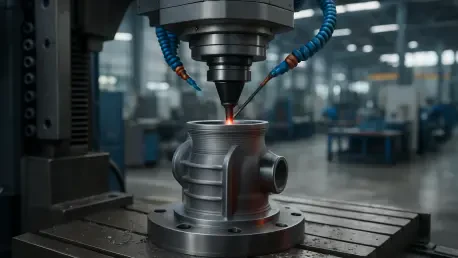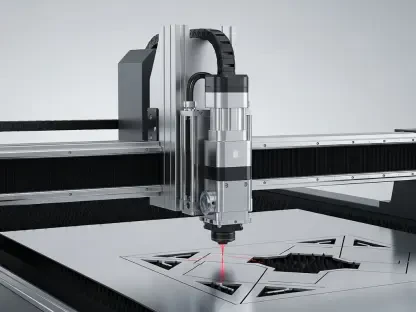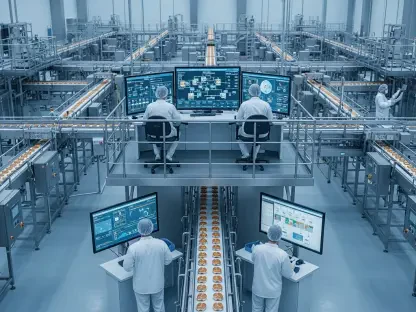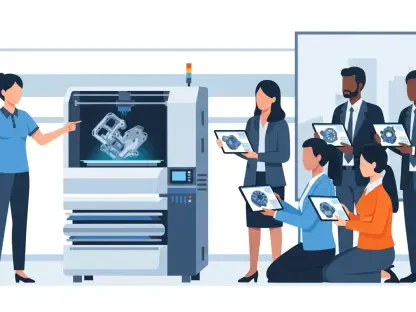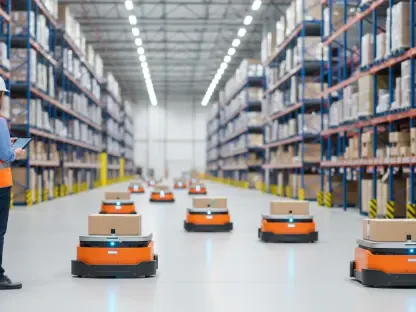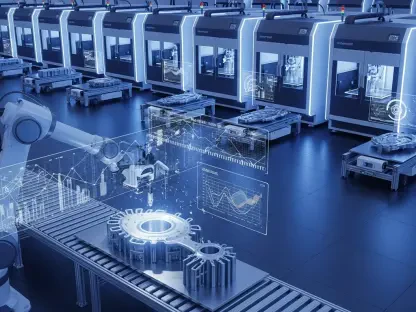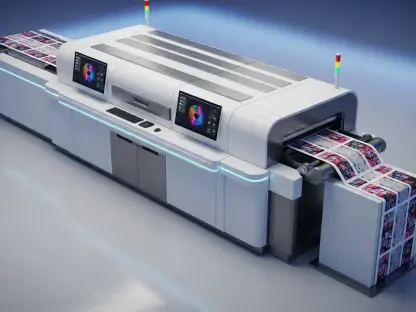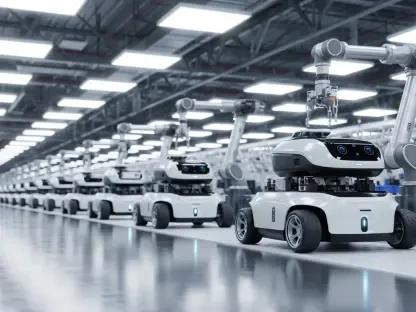In an era where industries are grappling with the dual challenges of efficiency and sustainability, a small-cap company from Adelaide, Australia, is making waves by redefining how metal components are produced. AML3D, listed on the ASX under the ticker AL3, has emerged as a trailblazer in the realm of metal manufacturing, leveraging cutting-edge 3D printing technology to challenge the inefficiencies of traditional methods. For decades, sectors like aerospace, defense, and mining have relied on slow, costly, and wasteful processes such as casting and machining. AML3D offers a compelling alternative that promises not only to streamline production but also to significantly reduce environmental impact. By focusing on additive manufacturing, this innovative firm is carving out a niche in a market ripe for disruption, addressing long-standing pain points with a fresh, technology-driven approach. The implications of this shift are profound, potentially transforming how high-strength, custom metal parts are created across multiple industries.
Harnessing Innovation for a Sustainable Future
One of the standout features of AML3D’s approach is its proprietary Wire Arc Additive Manufacturing (WAM) technology, which sets it apart from conventional production techniques. Unlike traditional methods that often waste up to 95% of raw materials, WAM uses a robotic welder to melt metal wire and build components layer by layer, ensuring minimal excess. A striking example of this efficiency came when AML3D crafted a stainless steel propeller using just 50 kg of wire, compared to the 462 kg required by older methods, cutting waste by an impressive 95% and time by 76%. Complementing this hardware is the WAMSoft® software, which optimizes the printing process by adapting to specific metals and geometries for precise, tailored outcomes. Beyond technical prowess, AML3D has also forged strategic partnerships with industry giants like Boeing, Chevron, and the U.S. Navy, enhancing its credibility. Collaborations, such as supplying machinery for submarine production in key American hubs, underscore the trust placed in this technology, while hints of expansion into markets like the U.K. signal ambitious global growth plans.
